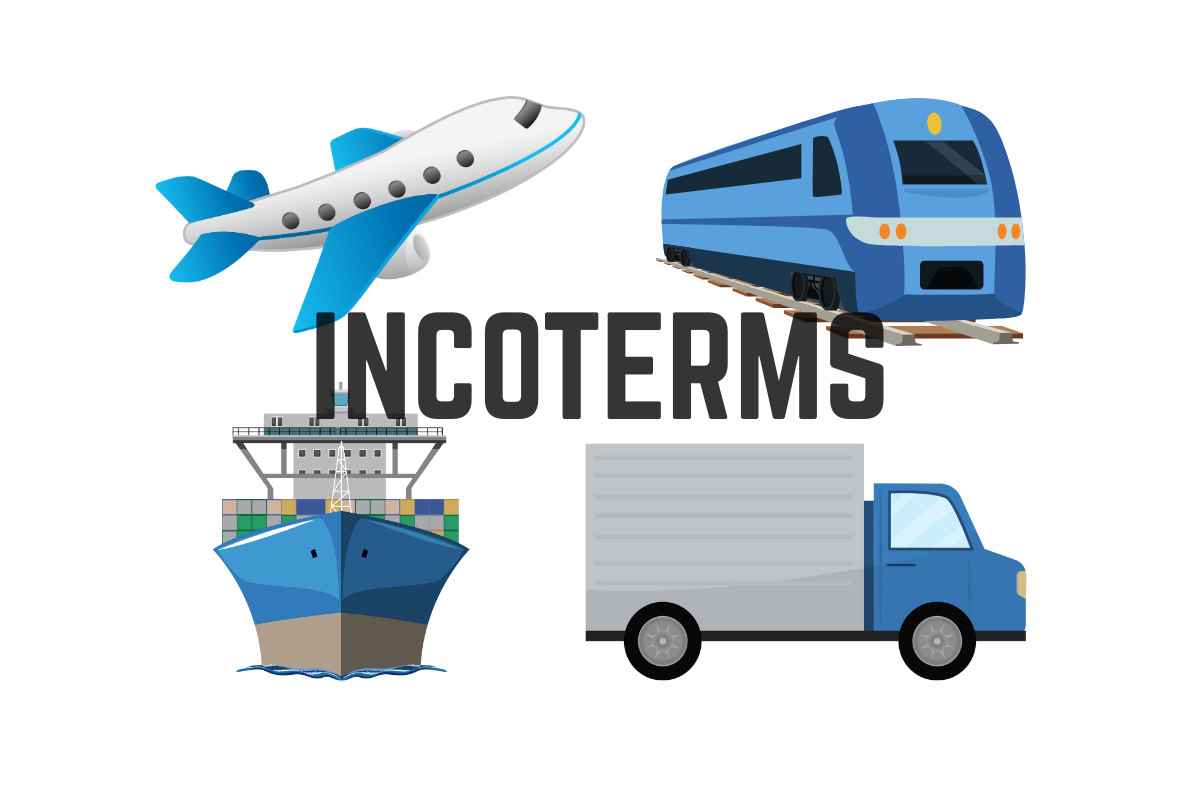Imagine navigating your supply chain with the confidence of knowing exactly where every shipment is at any given moment. Welcome to the era of real-time tracking! Today we’ll explore how this cutting-edge technology not only enhances operational efficiency but also builds trust with customers, mitigates risks, and sets businesses apart in an increasingly competitive landscape. Join us as we explore the transformative power of instant visibility and why embracing it may be the key to securing your place at the forefront of modern logistics!
Introduction to Logistics and its Importance
In today’s fast-paced world, logistics plays a crucial role in keeping the wheels of commerce turning. From ensuring that your online orders arrive on time to managing complex supply chains across continents, efficient logistics is the backbone of modern business operations. But with growing consumer expectations and increasing competition, relying on outdated methods just won’t cut it anymore.
Enter real-time tracking—a game changer for the logistics industry. This technology not only enhances visibility but also improves efficiency and customer satisfaction. Imagine being able to monitor every aspect of your shipment from departure to delivery in real-time! That’s why Native American Logistics is so excited to adopt this critical innovation.
What is Real-Time Tracking?
Real-time tracking is a technology that allows logistics companies like NAL to monitor the location and status of shipments as they move through the supply chain. This system leverages GPS, RFID, and IoT devices to provide instant updates on transit conditions.
With real-time data at their fingertips, businesses can gain visibility into delivery processes. This means knowing precisely where goods are at any given moment.
The information collected also helps in assessing delays or disruptions caused by various factors such as traffic or weather events.
By integrating real-time tracking into operations, organizations can make informed decisions quickly. The agility gained from this capability enhances overall efficiency and customer satisfaction in an increasingly competitive market.
Benefits of Real-Time Tracking
Real-time tracking revolutionizes logistics by enhancing visibility across supply chains. Companies can monitor shipments from origin to destination, ensuring timely updates at every stage.
This transparency allows businesses to identify delays quickly and respond proactively. Instead of waiting for a late delivery notification, they can act before it impacts customers.
Another advantage is improved inventory management. With accurate data on shipment arrival times, organizations can optimize stock levels and reduce excess inventory costs.
Customer satisfaction also sees a boost with real-time tracking. Clients appreciate knowing where their orders are and when to expect them, fostering trust and loyalty in the brand.
Moreover, efficient routing becomes possible thanks to live traffic updates. This helps in reducing fuel consumption and minimizing carbon footprints as deliveries become more direct and less time-consuming.
Examples of Successful Implementation
Many companies have embraced real-time tracking and reaped significant rewards. One notable example is DHL, which integrates GPS technology into its operations. This allows them to provide customers with precise delivery updates, enhancing trust and satisfaction.
FedEx has also made strides by utilizing a robust tracking system that provides live updates on package locations. Customers can follow their shipments in real time through an easy-to-use app.

Retail giants like Amazon leverage advanced tracking systems for inventory management. This capability not only streamlines logistics but also improves overall customer experience by ensuring timely deliveries.
In the food industry, Domino’s Pizza uses real-time tracking to show customers exactly when their pizza will arrive. This transparency keeps customers engaged and informed throughout the process, reducing anxiety about wait times.
These examples illustrate how diverse industries are effectively implementing real-time tracking solutions to enhance operational efficiency and customer engagement.
Challenges Faced in Implementing Real-Time Tracking
Implementing real-time tracking in logistics presents several challenges. First, integrating new technology with existing systems can be complex. Many companies rely on legacy software that doesn’t easily accommodate modern solutions.
Data accuracy is another concern. Ensuring that the information collected is reliable requires rigorous quality control measures and ongoing maintenance.
Cost is often a significant barrier as well. Upgrading infrastructure to support real-time tracking demands considerable investment, which may deter smaller businesses from adopting these technologies.
Employee training also plays a crucial role. Staff must understand how to use new tools effectively, which could lead to productivity issues during the transition period.
Resistance to change within organizations further complicates matters. Employees accustomed to traditional methods may hesitate or struggle when adapting to new processes and technologies.
Ways to Overcome these Challenges
To navigate the challenges of implementing real-time tracking, companies can begin by investing in robust training programs. Ensuring that staff is well-versed in new technologies fosters confidence and efficiency.
Another effective strategy involves selecting the right technology partners. Collaborating with vendors experienced in logistics solutions ensures smoother integrations and ongoing support for any technical issues.
Additionally, organizations should prioritize data security. By adopting advanced encryption methods and regular audits, they can safeguard sensitive information while maintaining transparency with clients.
Creating a culture of adaptability also plays a crucial role. Encouraging teams to embrace change facilitates quicker adjustments during unforeseen hurdles.
Finally, gathering feedback from users is essential. Regularly assessing how employees interact with tracking systems helps identify pain points early on and informs necessary improvements moving forward.
Future Impact of Real-Time Tracking on Logistics Industry
The future of logistics is being reshaped by real-time tracking. As technology advances, the integration of AI and machine learning will refine this capability further. Predictive analytics will become a game-changer, allowing companies to anticipate delays before they occur.
With IoT devices becoming more prevalent, every shipment can be monitored continuously. This not only boosts accountability but also enhances customer satisfaction through greater transparency.
Sustainability efforts are also on the rise. Real-time data helps optimize routes, minimizing fuel consumption and reducing carbon footprints.
Moreover, as supply chains evolve into more complex networks, adaptable tracking systems will be crucial for managing multiple touchpoints seamlessly.
Flexibility in operations can lead to significant cost savings and improved efficiency across the board.
Collaboration among stakeholders will increase as shared platforms emerge for real-time information sharing. Such unity fosters trust while streamlining processes within an increasingly interconnected world.
Conclusion
Real-time tracking has transformed the logistics landscape, bringing visibility and accountability to an industry often shrouded in uncertainty. By providing up-to-the-minute updates on shipments, it empowers businesses to respond swiftly to changes and challenges. Native American Logistics is proud to offer this immediate access to data which enhances decision-making processes, improves customer satisfaction, and optimizes resource allocation.
As companies increasingly navigate a complex global marketplace, the demand for efficient logistics solutions continues to grow. Real-time tracking not only meets these demands but also sets the stage for innovation within supply chain management. The integration of this technology can lead to significant cost savings and operational efficiencies that are crucial in today’s competitive environment.
With more organizations recognizing its value, real-time tracking is becoming a standard rather than an exception. It fosters transparency among stakeholders while offering customers peace of mind as they await their deliveries. As we move further into the digital age, adopting advanced tracking systems will be essential for any business aiming to thrive in modern logistics.
Embracing real-time tracking isn’t just about keeping pace with competitors; it’s about redefining how Native American Logistics operates at every level. It’s become clear that real-time tracking is vital for success in today’s fast-moving world of logistics.

Jeff Berlin
is the Chief Operating Officer of E.L. Hollingsworth & Co. and serves as the Senior Operations Executive for TOP Worldwide and Native American Logistics. With over 30 years of experience leading logistics and trucking companies, he brings deep industry expertise to his role. Jeff is also a CDL-A driver and a private pilot. Contact Jeff at jberlin@elhc.net.







